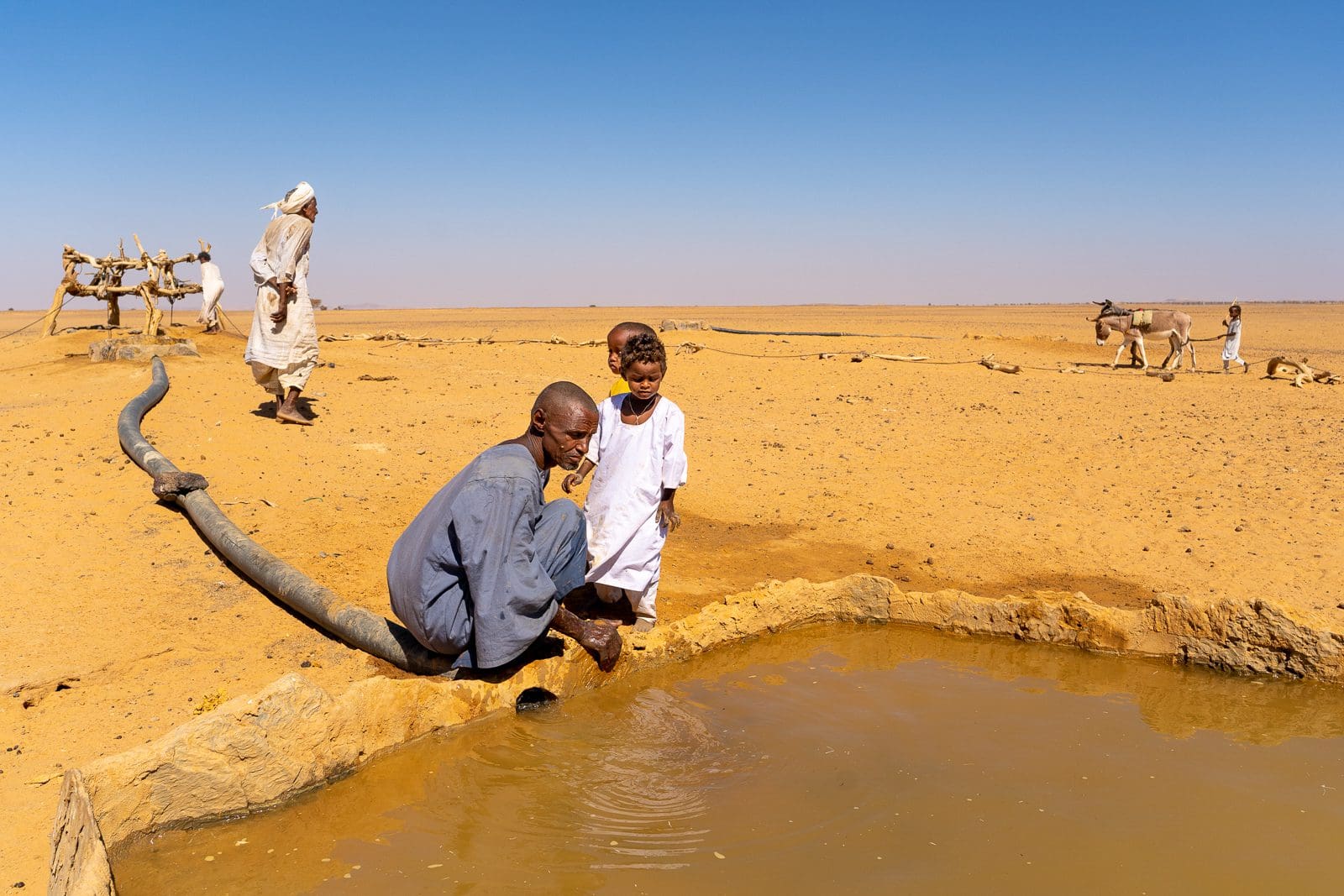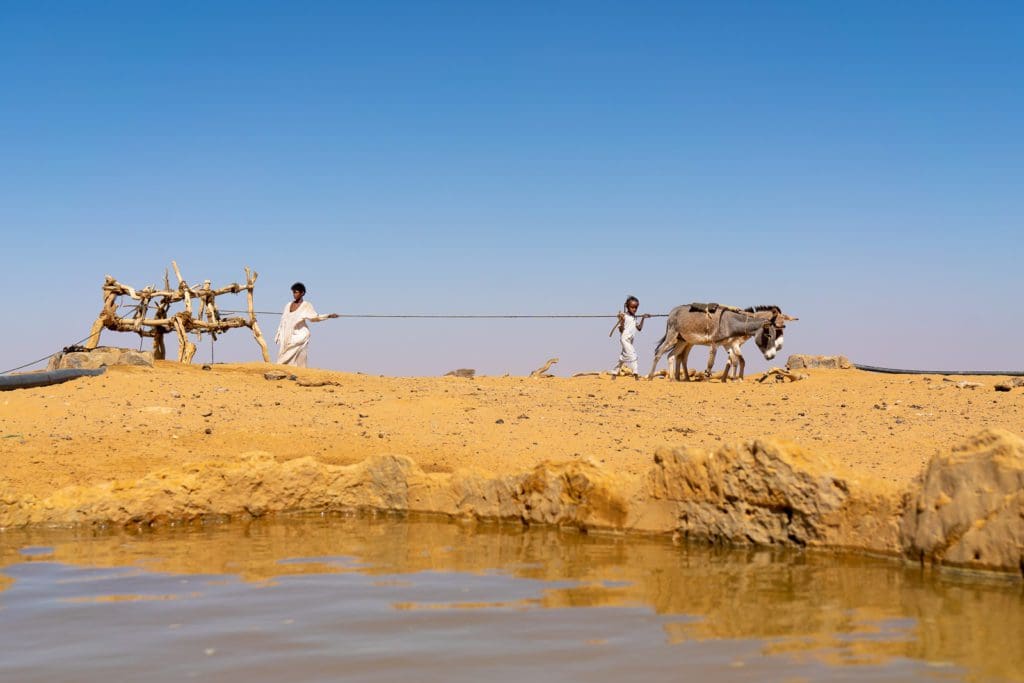Water shortages in Africa are getting progressively worse. In many areas of the African continent, including Sudan, increased water consumption due to population growth and agricultural development has exacerbated an already critical situation. This has also been compounded in recent decades by the consequences of climate change. Erratic rainfall, higher temperatures, increasingly frequent floods and droughts are putting a strain on those living in this richly complex land. The African Development Bank predicts that by 2025 nearly 230 million Africans will face water shortages and up to 460 million will live in water-stressed areas.
There is already a water emergency in Sudan
In Sudan, entire families must travel dozens of kilometres to extract water from wells laboriously. The liquid that comes out is dark and poured into a homemade settling tank to make it healthier. But, of course, this does not happen. The Sudanese are at high risk of contracting diseases such as cholera, hepatitis E or dracunculiasis, or guinea worm disease. At the end of the laborious and tiring extraction process, the families retrace the long road back to their village with the precious cargo entrusted to the backs of skinny mules.
That is, until the next water supply.

An increasing demand
There are two types of water scarcity in Sudan: economic and physical.
The economic one refers to the inaccessibility of water due to institutional failures, which include a lack of planning, investment and infrastructure. On the other hand, the physical one is a consequence of climate change and includes droughts and changes in weather patterns.
Africa has a sad record: it is facing both simultaneously. As its population is increasing rapidly, the water demand will continue to grow, and if there is no proper planning, economic water scarcity will continue to be a huge problem.

Droughts and climate change
On the other hand, Africa has suffered some of the most severe droughts while the world continues to experience increasingly hot years due to climate change. Lakes and rivers that used to provide large volumes of water are drying up, and communities have to travel often prohibitive distances to obtain small quantities, sometimes barely enough to survive.
An unstable country
These photographs were taken in January 2023 in the Sudan desert, north of Khartoum. Since mid-April 2023, the Sudanese army of General Abdel Fattah al Buhran and the paramilitaries of the Rapid Support Forces (Rsf), commanded by Mohamed Hamdan Dagalo, have been facing off in Khartoum. In this war that seems to find no end, more than 850 people have already been killed and thousands are injured. Hundreds of thousands have had to abandon their homes. Three hundred thousand civilians have fled to neighboring countries, where they often live in dire conditions.


